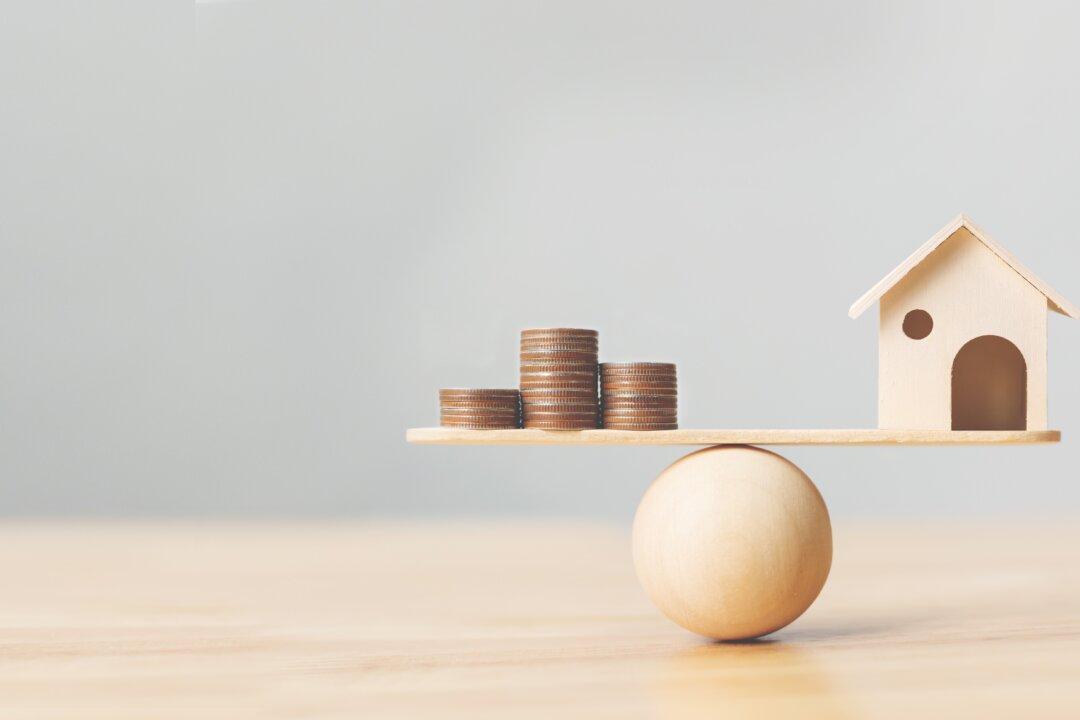By Emma Patch
From Kiplinger’s Personal Finance
For the nearly two-thirds of Americans who own a home, tapping into home equity can be an affordable and flexible way to borrow money.

For the nearly two-thirds of Americans who own a home, tapping into home equity can be an affordable and flexible way to borrow money.